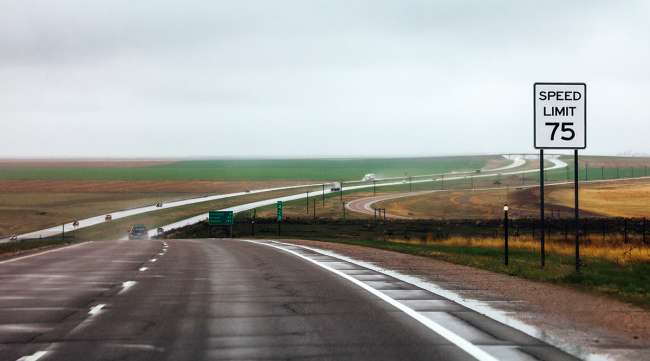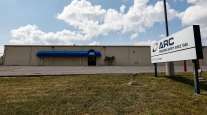Senior Reporter
On the Roads Less Traveled, Speeds Are Up

[Stay on top of transportation news: Get TTNews in your inbox.]
With emptier roads during the coronavirus pandemic tempting some drivers to pick up the pace, the National Highway Traffic Safety Administration is taking a fresh look at the motivations that compel drivers to speed.
Earlier this month, NHTSA’s plans to conduct its fourth “National Survey of Speeding Attitudes and Behaviors” was published in the Federal Register. NHTSA intends to survey more than 7,000 motorists to examine the extent to which drivers speed, who the speeders are, when and why they speed, and what countermeasures are most acceptable and effective in reducing speeding.
The timing is prescient, as the coronavirus pandemic has led to a steep decrease in traffic and, in some cases, significant increases in speeds.
Citing data from the National Safety Council, the Commercial Vehicle Safety Alliance noted that during March and April — peak months for the pandemic — the average 5 p.m. speed on Interstate 405 in Los Angeles went from 19 mph to 68 mph. In Chicago, the average speed on Interstate 290 more than doubled to 62 mph from 24 mph. In the Washington, D.C., region, average speeds during the evening rush rose from 27 mph to nearly 70 mph on the Capital Beltway, above the 55 mph limit.
Maximum speeds increased to 80 mph on some Oklahoma roads as of Aug. 6.
“As the number of vehicles on roadways decreased in March and April, the average speed in the five largest U.S. metropolitan areas increased by as much as 75% compared to January and February,” NSC said. “And in some of the normally more-congested areas of the country, average speeds increased by as much as 250%.”
According to the Ohio State Highway Patrol, from March 23 to May 3 tickets issued for driving 100 mph or more increased 53% compared with 2019, even as traffic levels decreased. In July, the Virginia State Patrol wrote speeding tickets to two different motorists clocked at doing 124 mph on an interstate, and wrote another ticket to a driver going 110 mph.

Mooney
While these types of motorists are rare, speeding is always a concern for law enforcement, said CVSA Executive Director Collin Mooney.
“The faster you drive, the survivability of a crash diminishes,” he told Transport Topics. “Keeping speeds down definitely saves lives when a crash occurs.” He noted that one focus during CVSA’s July Operation Safe Driver Week was speeding.
For this next speeding study, NHTSA plans to assess whether self-reported behaviors, attitudes and perceptions regarding speeding and associated countermeasure strategies have changed since the administration of the three previous surveys.
Also, there will be questions on emerging speed-related technologies.
NHTSA Notice and Request fo... by Transport Topics on Scribd
“The findings from this survey will assist NHTSA in designing, targeting and implementing programs intended to reduce speed on the roadways,” the agency wrote in its Federal Register post, “and to provide data to states, localities and law enforcement agencies that will aid in their efforts to reduce speed-related crashes and injuries.”
In the 2011 survey, drivers classified as speeders tended to be younger compared with non-speeders. One-half of the drivers 16 to 20 years old were classified as speeders compared with 15% of drivers 65 or older, NHTSA said.
Speeders also were more likely to have higher household incomes; 42% of drivers with annual household incomes exceeding $100,000 were classified as speeders. Only 25% of drivers with annual household incomes of $30,000 or less were in this driver type category.
The first survey was in 1997, and the most recent in 2011. Now the agency is seeking Office of Management and Budget approval to conduct the survey, and public comment on its plan will be accepted through Oct. 2.




